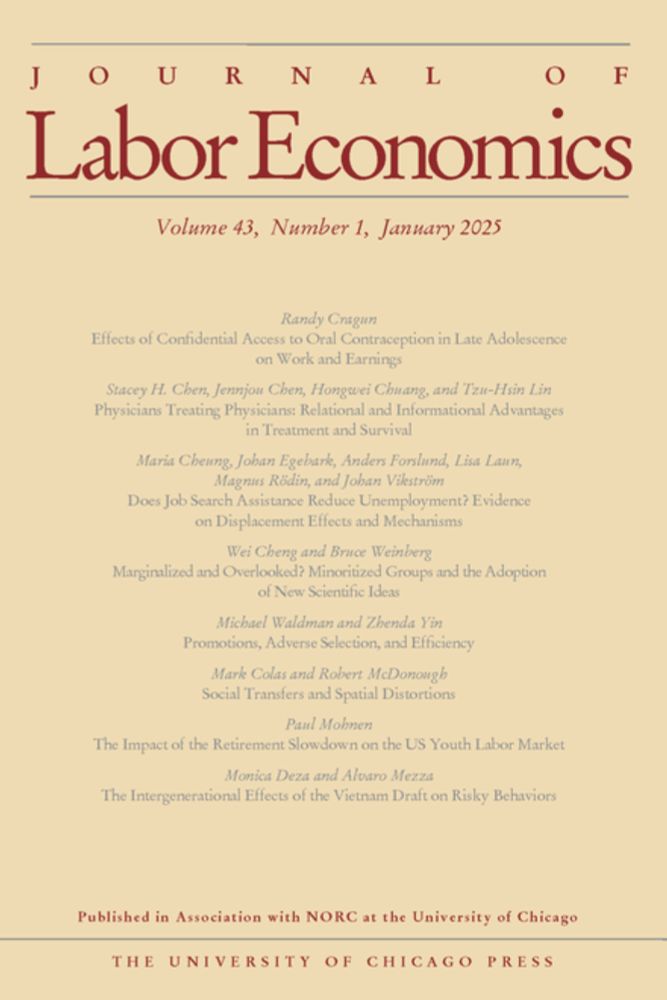
Website: https://sites.google.com/site/sbarkowski/
Besides, that wouldn’t work under the cap. Salaries would be extremely far from being matched.
Besides, that wouldn’t work under the cap. Salaries would be extremely far from being matched.
www.journals.uchicago.edu/doi/10.1086/...

www.journals.uchicago.edu/doi/10.1086/...

